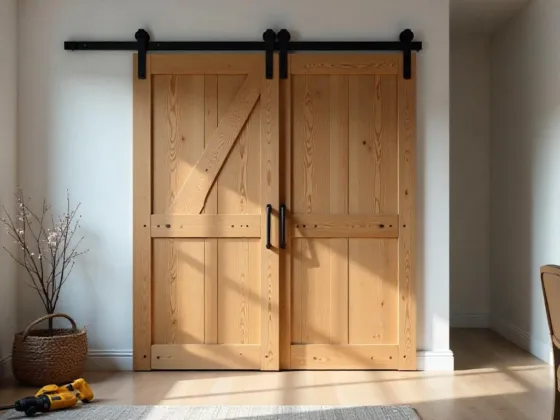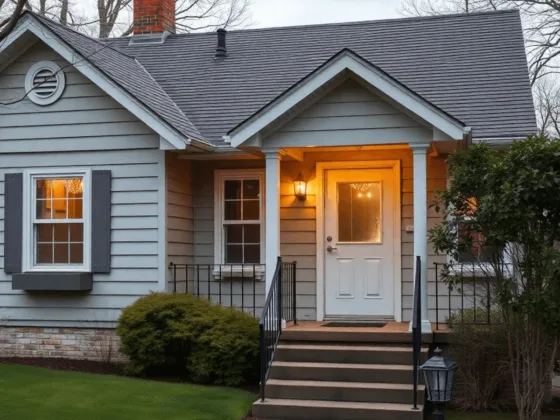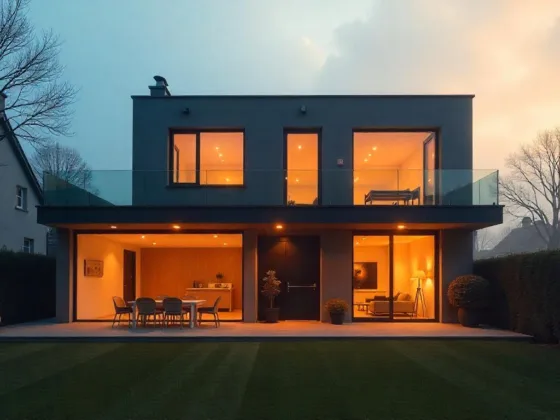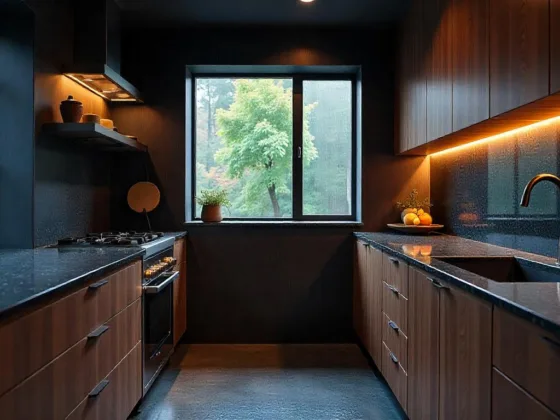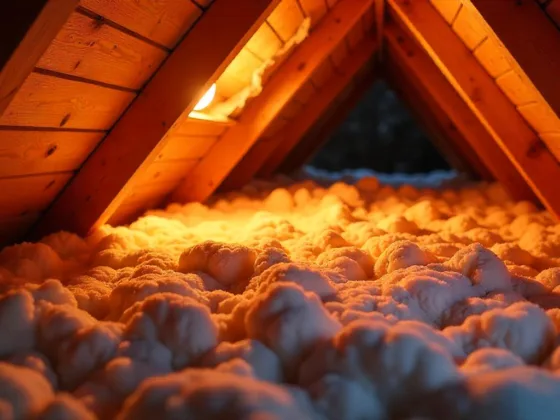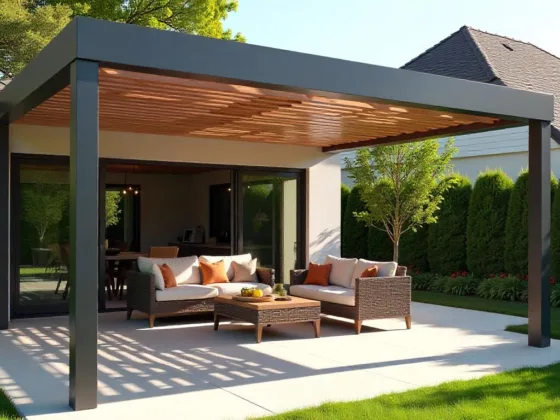Table of Contents Show
Did you know the average American household washes around 300 loads of laundry per year? Also, the average amount of water per load is 41 gallons for a residential washer.
You may even find yourself doing a couple of loads if you have a larger family. In which case, 82 gallons is a lot of water to run through one room!
That’s why it’s important to know a thing or two about laundry room plumbing, especially when it comes to maintenance and replacement parts. Read on for a quick guide to plumbing for your laundry room.
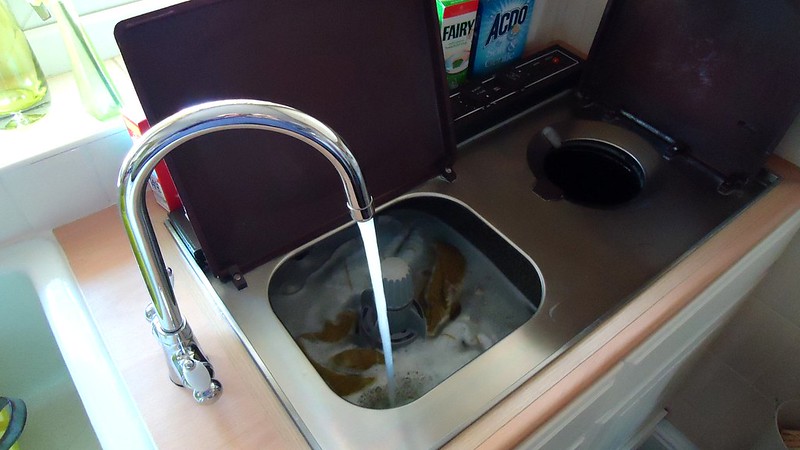
Laundry Location
You can choose to place your laundry room anywhere in your home. But, you’ll make the job easier if you choose a place with existing home plumbing. Moreover, the laundry room should ideally be at the ground level of your home, so the water pressure is strong enough. This will also help prevent problems with the washing machine’s drain function.
Unfortunately, you can’t bring a washer and dryer home, take it out of the box, turn it on, and expect it to run.
Washers need plumbing systems for the water to flow in and out. Likewise, dryers need special vents to release the hot air from the dryer.
Installing plumbing systems is best left to experts, such as Action Services plumbers. Professional plumbers are well-trained, skilled, knowledgeable, and experienced to do their job, such as fixing leaks, installing pipes, replacing old pipes, as well as installing major appliances. Plus, they’re equipped with the right tools and materials, such as inspection cameras, wrenches, and press fitting systems. So, it’s best to hire a plumber if you need a plumbing system installed in the laundry room.
While the laundry room needs to be accessible and functional for your needs, you still need to consider noise levels. Let’s lay out some of the pros and cons.
Accessibility
The main thing to consider is the distance you’ll have to carry your laundry to and from the bedrooms and bathrooms.
If you have multiple levels in your home, placing a laundry room far away from your clothing destinations will not make sense.
Instead, you’ll want to place the laundry near where you dress and shower.
Read Also:
Noise
Don’t forget how noisy these machines can be while choosing the location.
When running, the vibrations can wake a napping baby or interrupt someone’s relaxation time if they’re soaking in a hot bath.
Hence, you should pick a space that’s farther from the children’s room or study area. In fact, laundry rooms are usually found near the kitchen or garage.
Connections
If you want to place your laundry room upstairs for ease, you’ll need to run proper piping to accommodate the plumbing for laundry.
The downside of this convenience is that it’ll be difficult to secure drainage for bursting pipes or overflow. In addition, you may face damage to ceilings and floors if you go this route.
Your floors will also need reinforcement to deal with the vibrations from the machines. Still, you can learn more about relocating your laundry room to see if it’s the right move for you.
Plumbing and Hoses
Once you’ve decided on the laundry room’s location, it’s time to get serious about the plumbing.
A washer doesn’t magically have water that rumbles around in it when you turn it on. Instead, it requires a freshwater pipe to supply the water to the washer during its cycle and a drainpipe to distribute the wastewater.
In addition, these hoses use hot and cold water, so they need to accommodate both without cracking or crumbling.
Most washing machines have color-coded outlets to help you connect the hoses.
Unless you purchase a machine that only has a cold-water hookup, then you should see three outlets:
- Blue for cold water
- Red for hot water
- Gray for wastewater
These hoses do wear out over time and will need replacing. It’s best to start looking for a new hose at the slightest sign of wear and tear to prevent a disaster from developing.
Most plumbers use stainless steel braided hoses. These hoses have more durability than rubber ones and tend to last longer because they can handle more pressure.
Maintained Drains
If you’re installing a downstairs laundry room, you have the unique ability to install a laundry drain. This drain is a handy tool in the laundry room that can prevent flooding.
However, this long-term protection plan comes with some maintenance needs.
The drain can allow gases that have backed up in the pipes to seep into your laundry room. That means a sewer-like odor could replace your fresh detergent smell.
Not to fear; there’s a solution to this problem that takes minimal effort and time.
Once a month, put some warm water into a bucket and slowly pour it down the drain. This will flush the line of the gases and prevent smells from seeping into the laundry room.
Be sure to install a lint and debris filter to keep the drain from clogging. This can help prevent any backup of water in the room, as well.
If a floor drain isn’t an option for you, then you’ll need to install a wastewater drain.
In this case, you’ll have to connect the drain hose to a standpipe or sink, which has a P-trap that connects to your house drain line. This drain must angle down by a quarter of an inch per running foot.
Proper Dryer Ventilation
For the best airflow out of your dryer, you’ll want a metal vent pipe (as short as possible) to run with limited bends. The longest you’ll want this pipe to run is around 45 feet.
The best option is to install a self-closing exhaust vent. Self-closing vents prevent outdoor air from entering your home when the dryer isn’t in use.
Louvered vents are another option, but they allow airflow from outside to enter your home. This could be problematic if you live in a frigid climate or even a hot and humid one.
You could also install a bathroom vent fan in the ceiling. This helps prevent moisture from building up in your laundry room.
A Complete Guide to Laundry Room Plumbing
Your new laundry room awaits! Above all else, be sure to pick the best location for your household.
Then, grab some tools to get your laundry room plumbing installed and ventilated. Once complete, promise yourself you’ll maintain it properly through the years.
Maintaining the laundry room plumbing system sounds challenging, but it isn’t when you know what to do. You can start with simple things, like putting steel strainers on the drains to prevent hairs and soap scum from blocking the drain lines and checking washing machine hoses for wear and tear. If the hoses have leaks or bulges or are worn out, you should replace them with steel braided ones immediately. Inspect exposed pipes under sinks for leaks too.
To learn more about laundry plumbing, keep coming back to visit our blog! We’re always updating it with you in mind.



